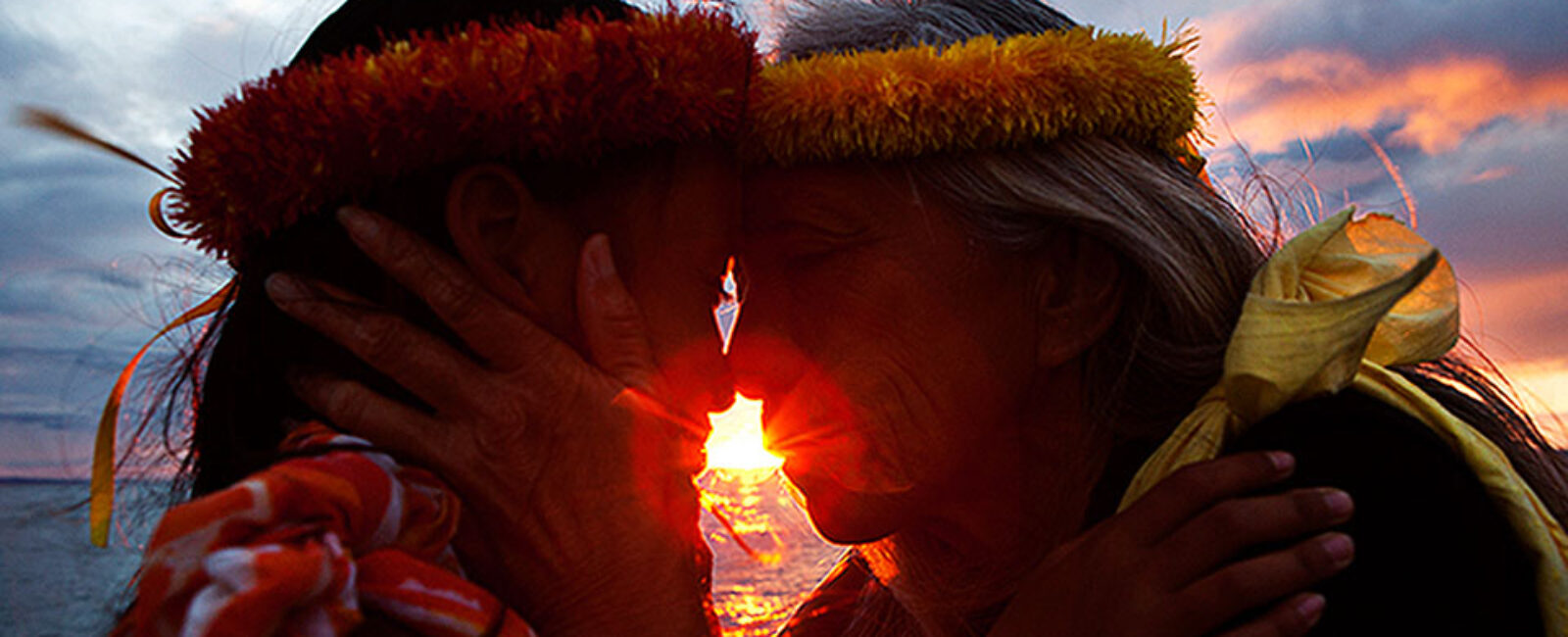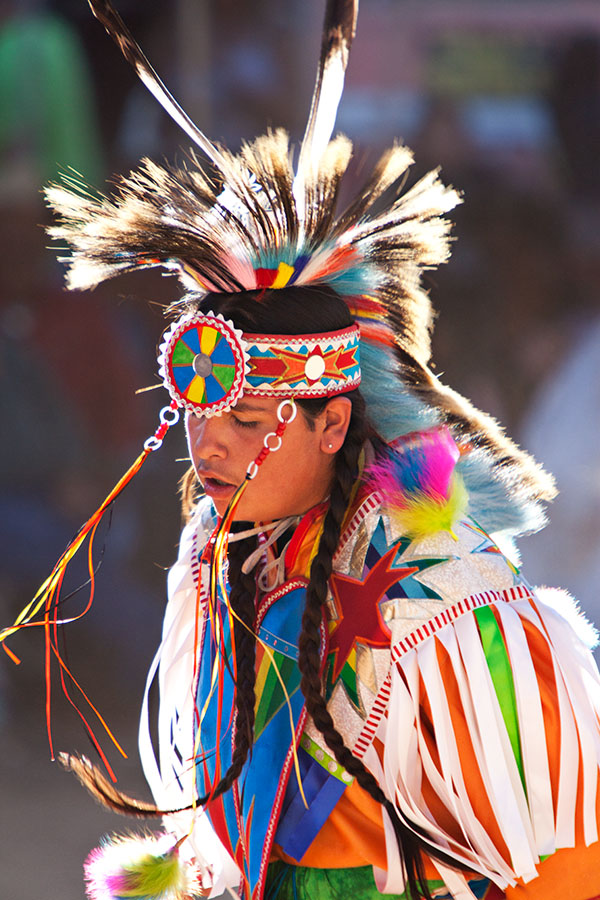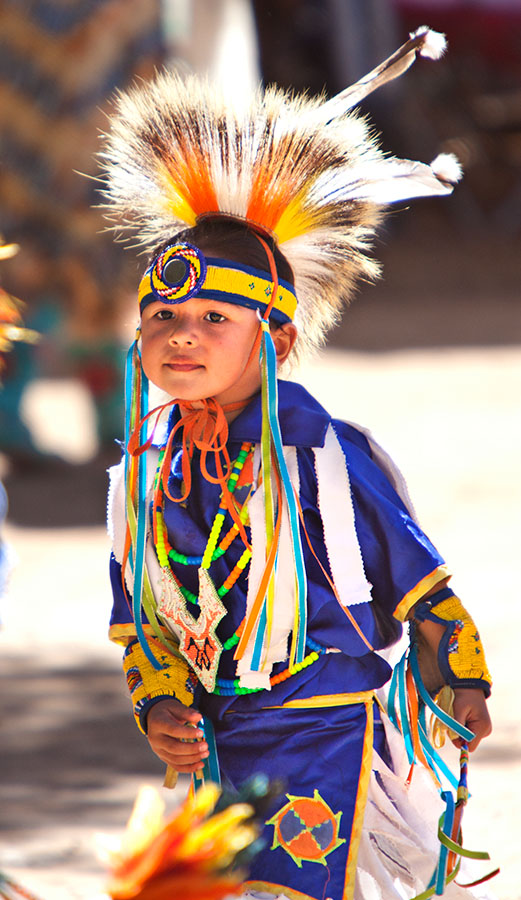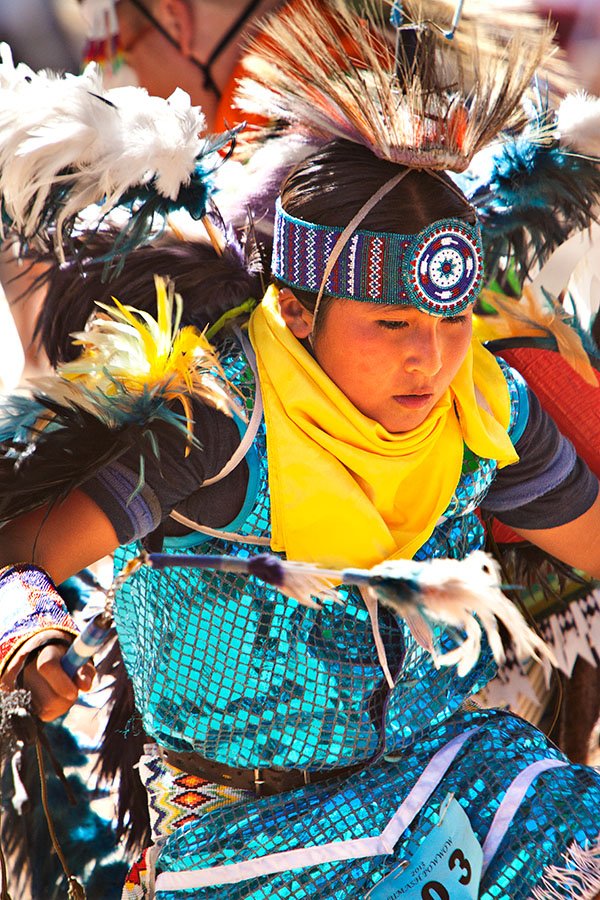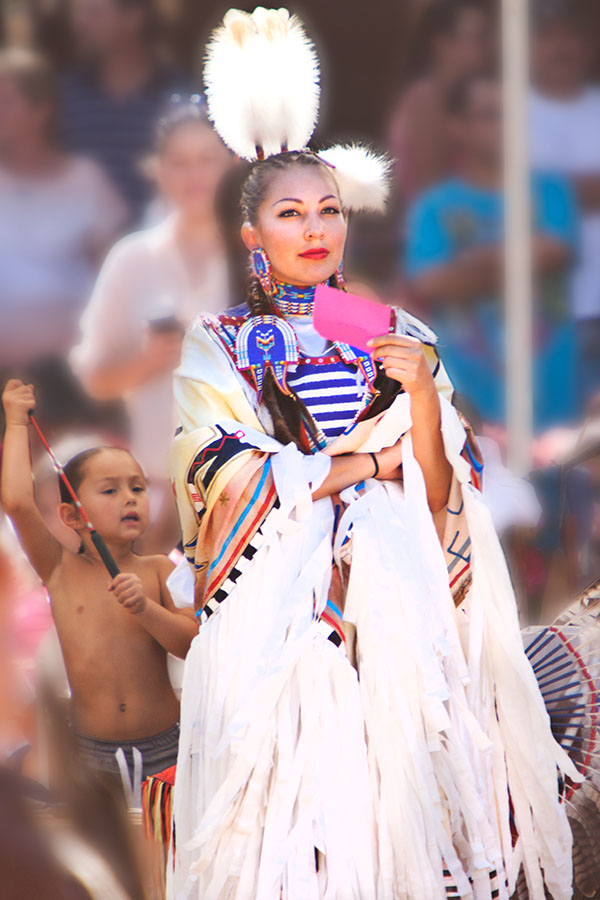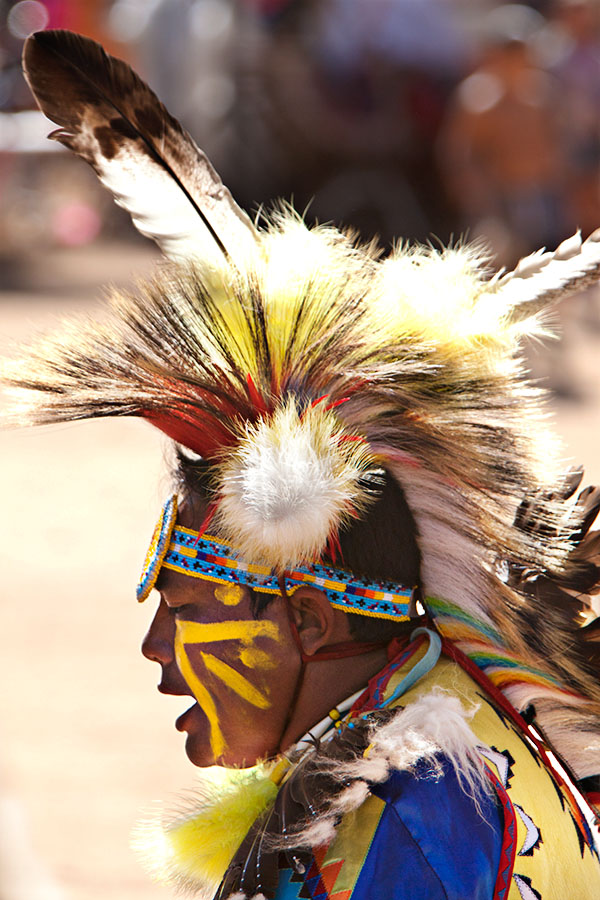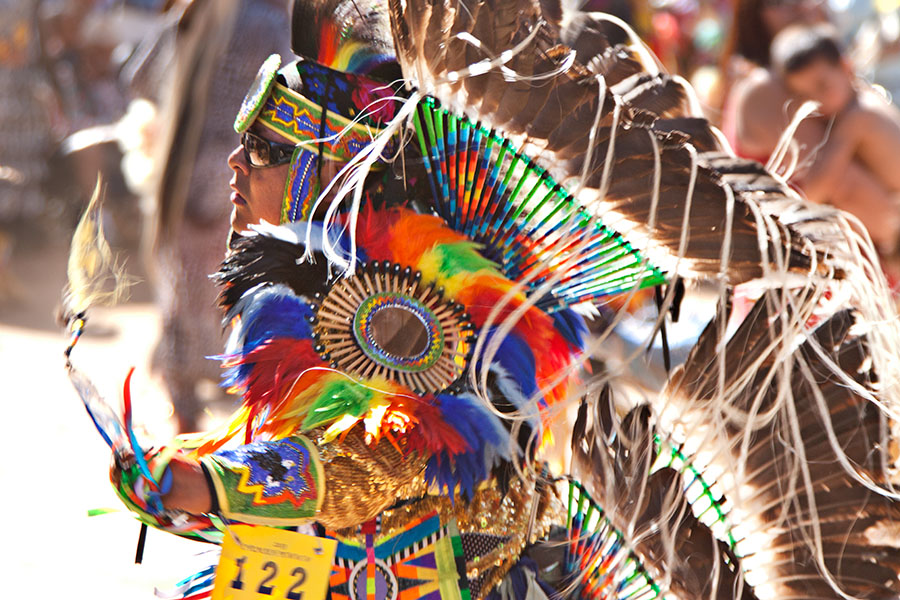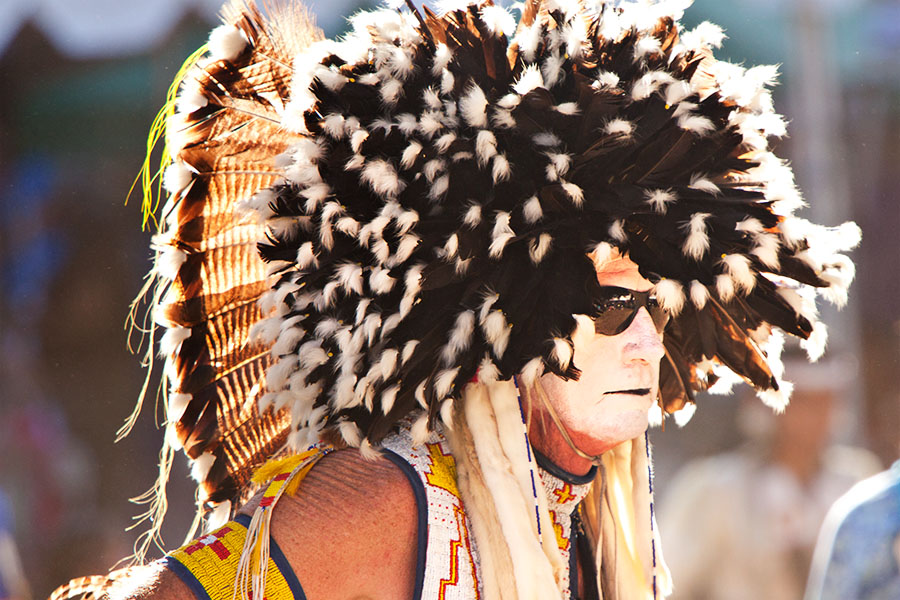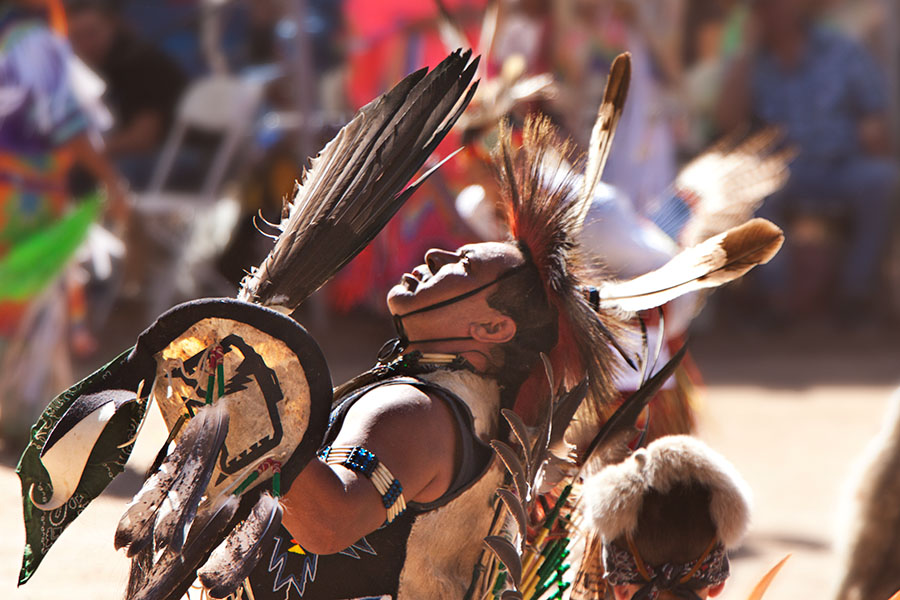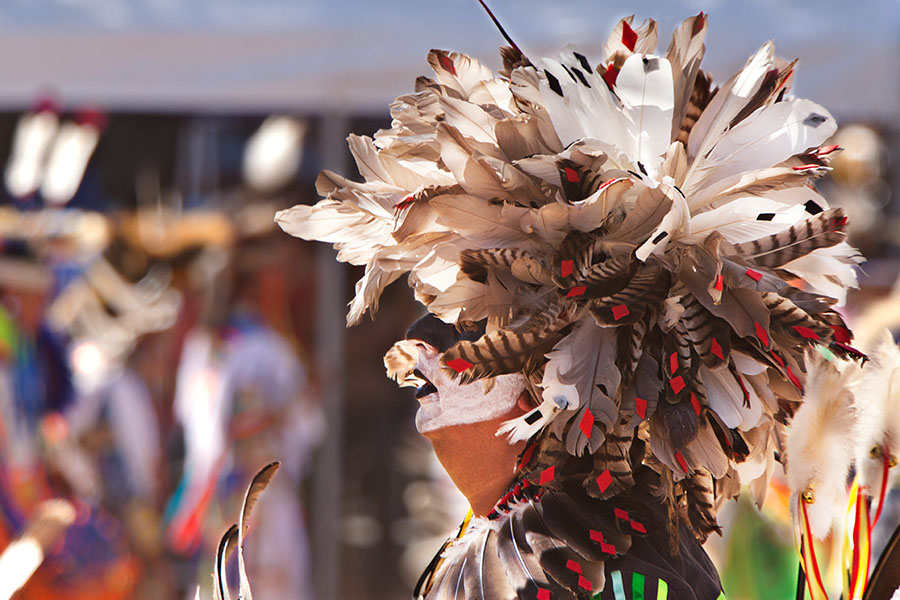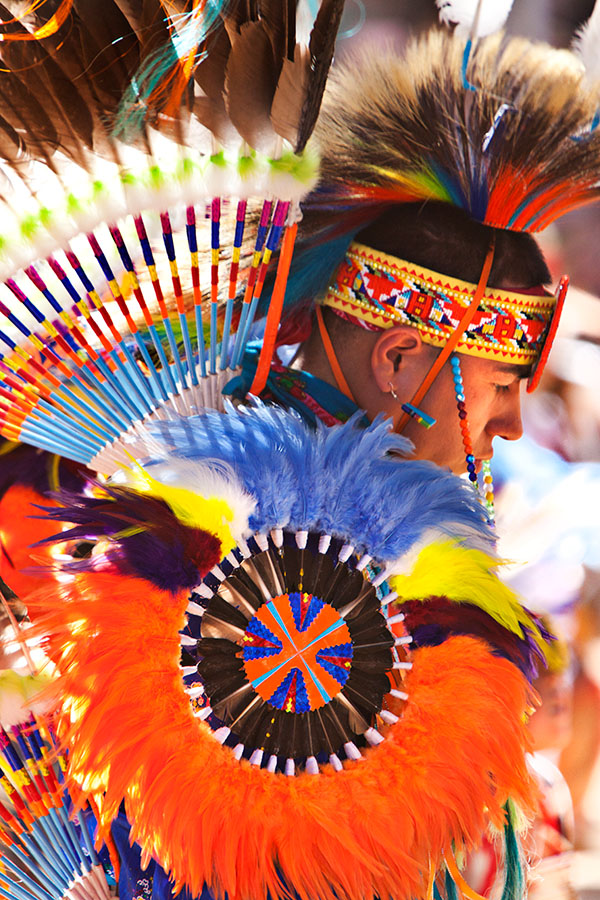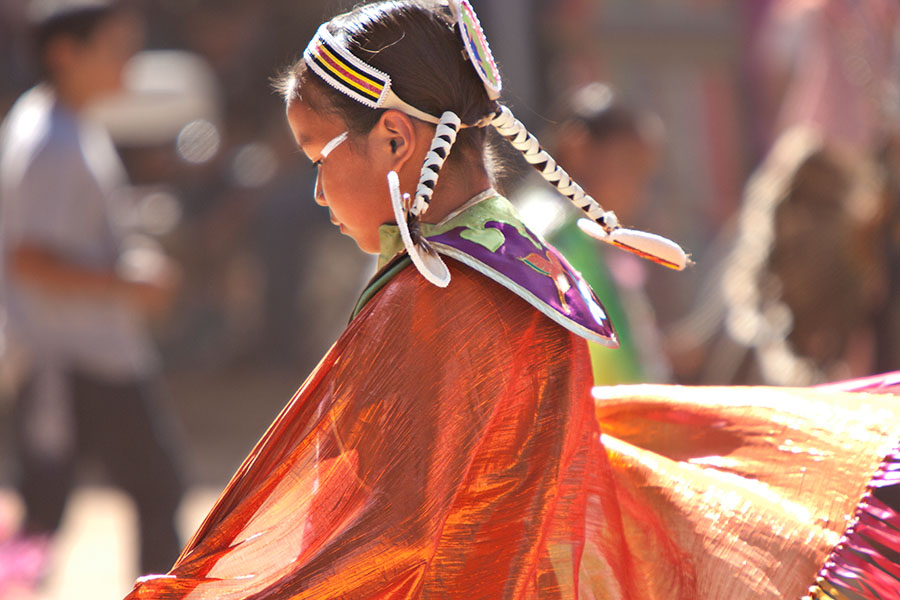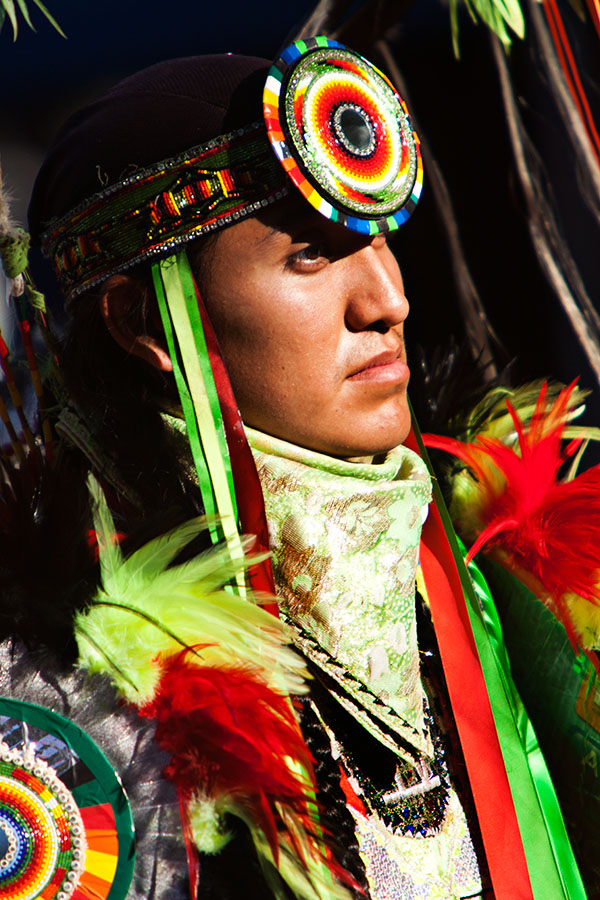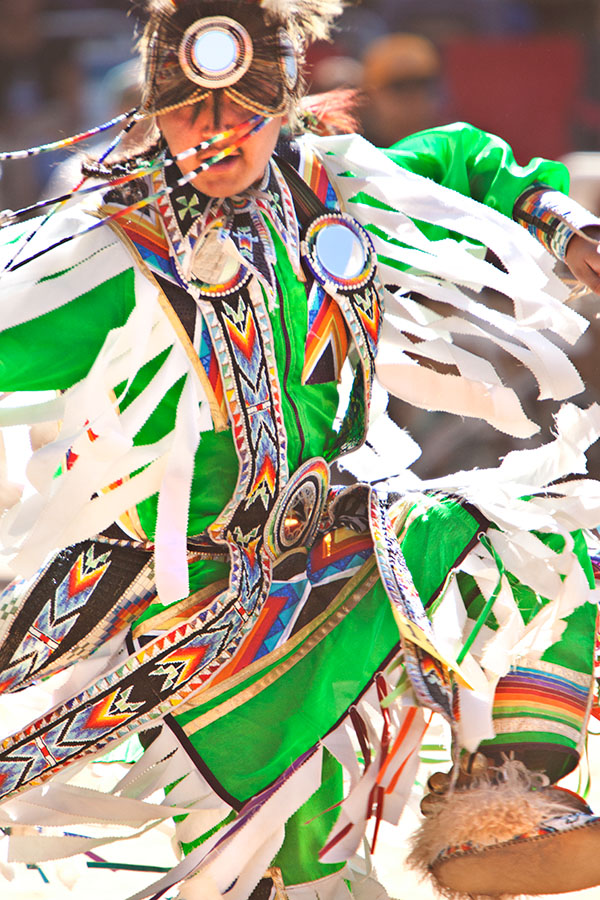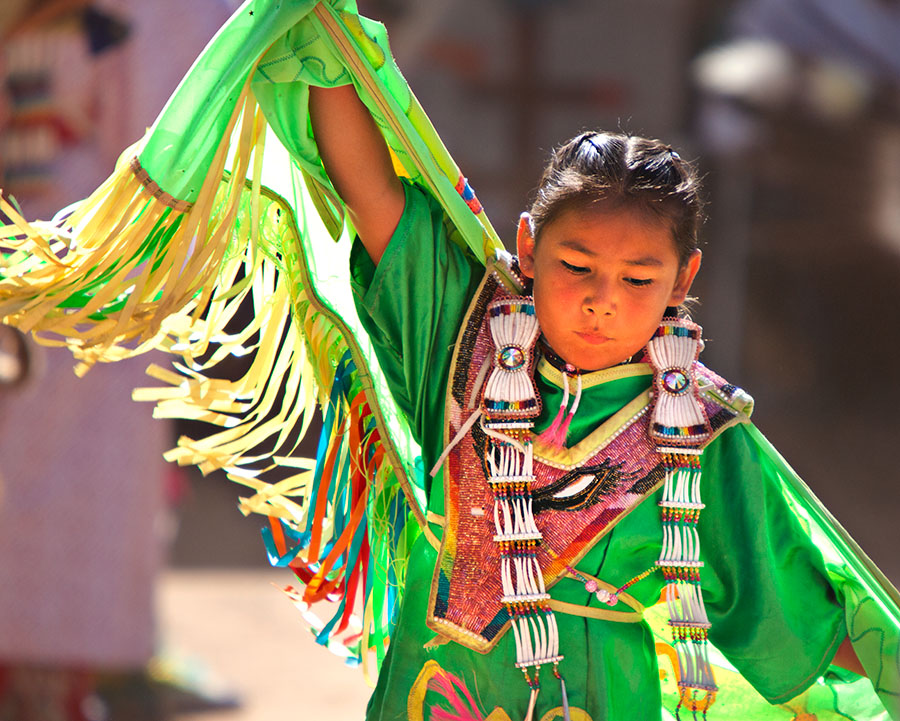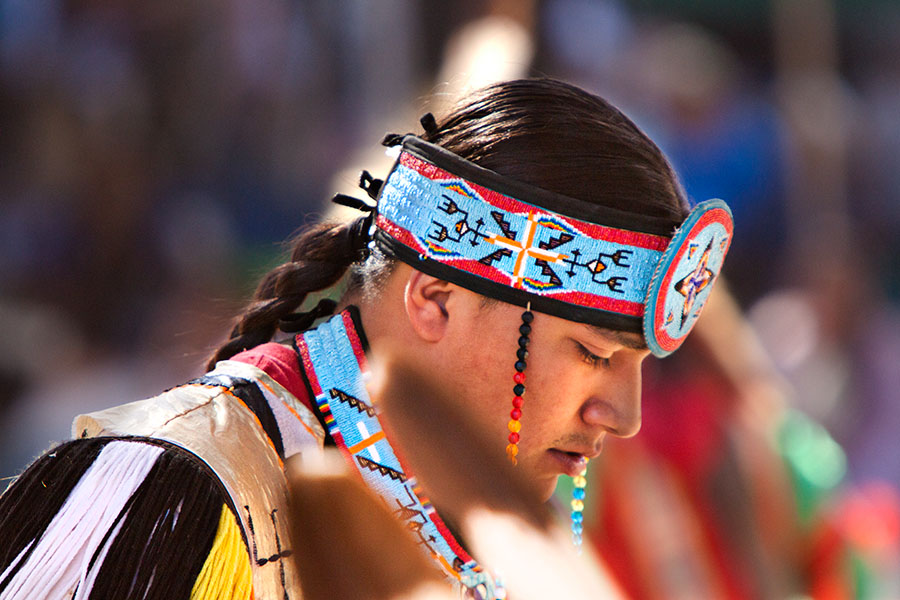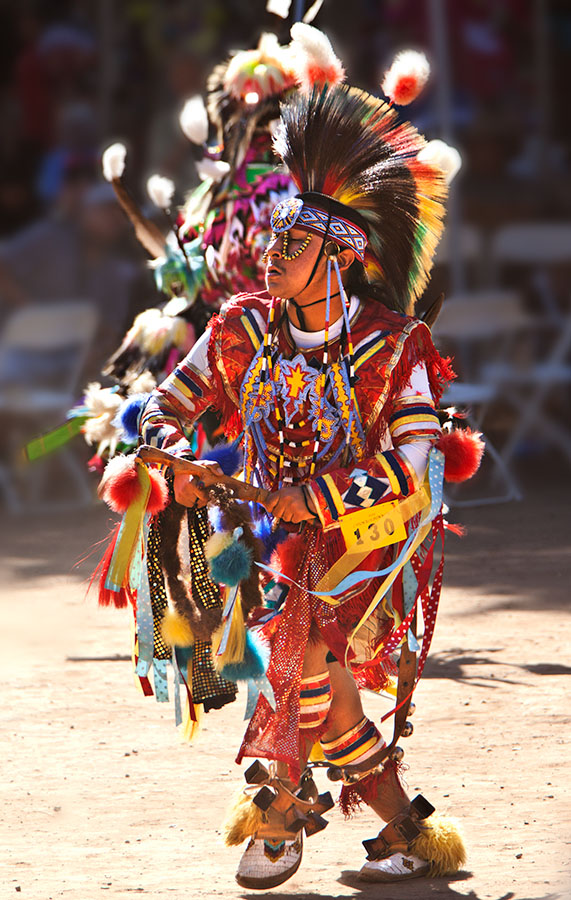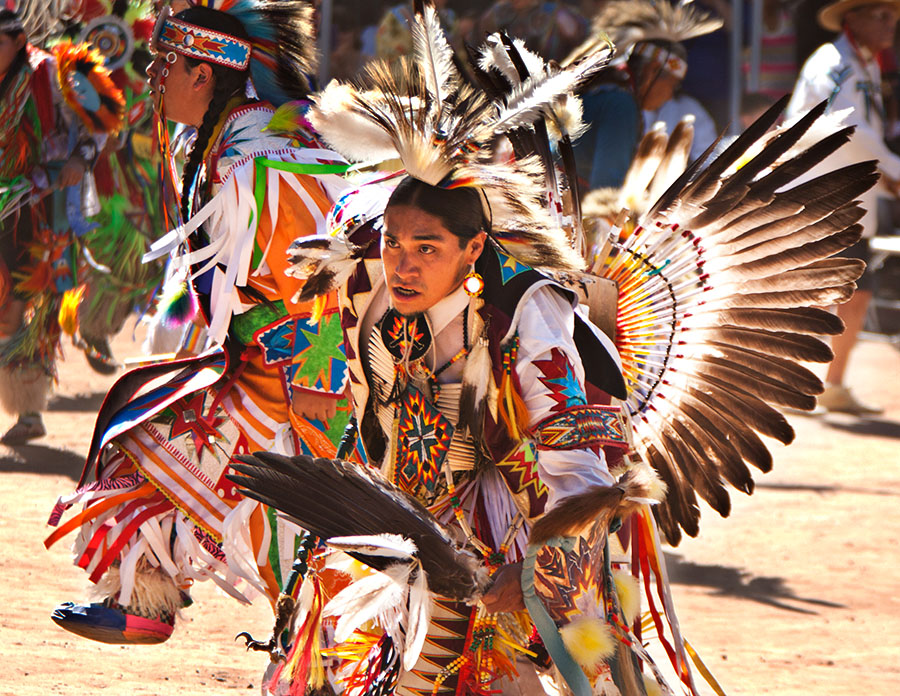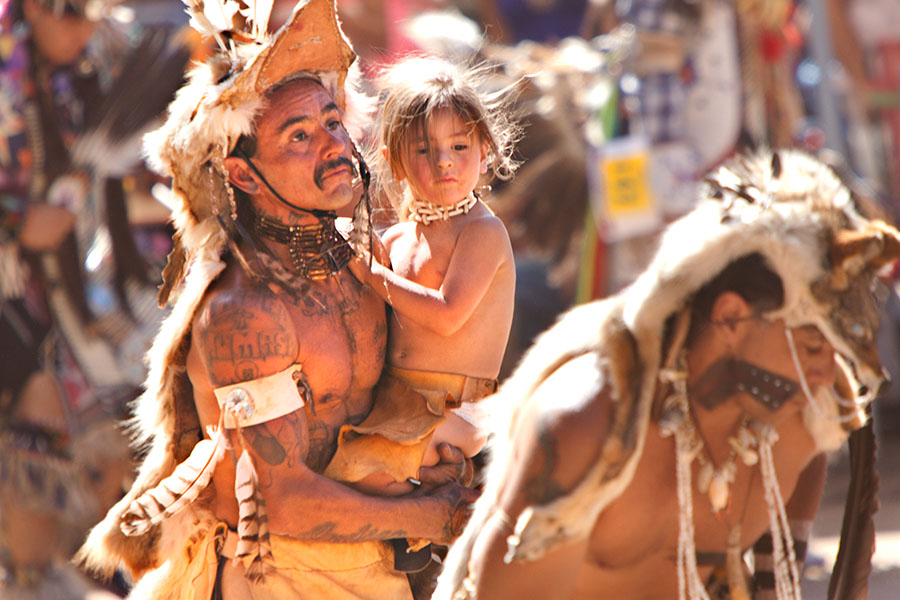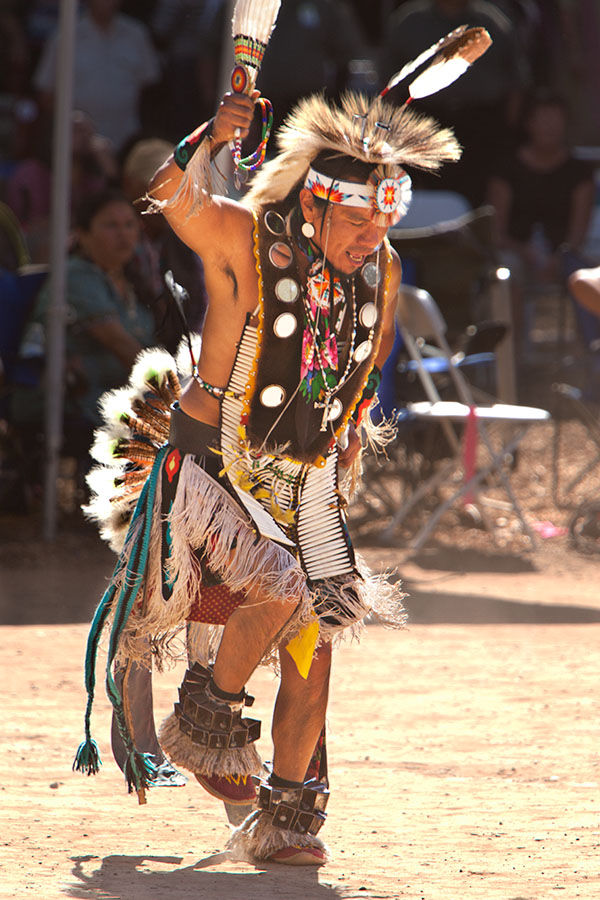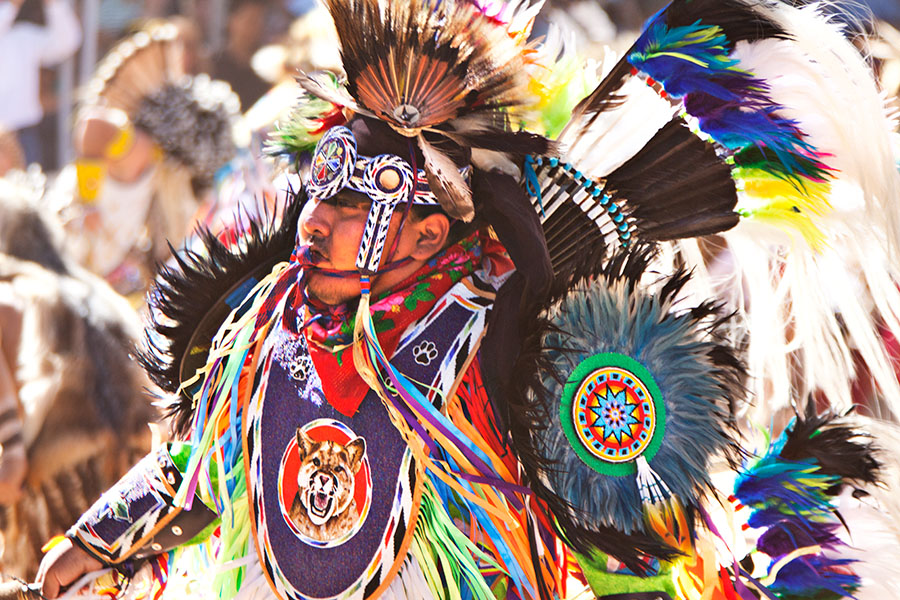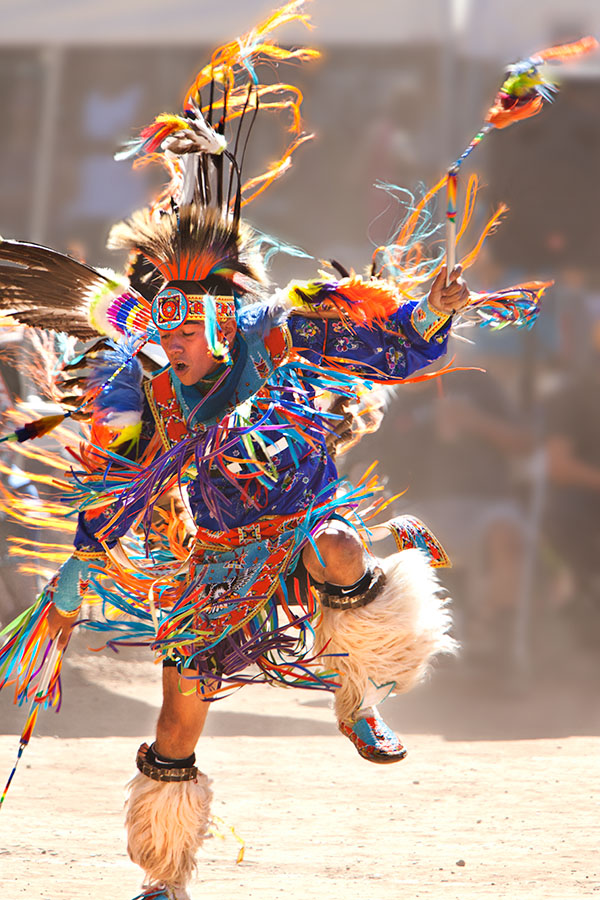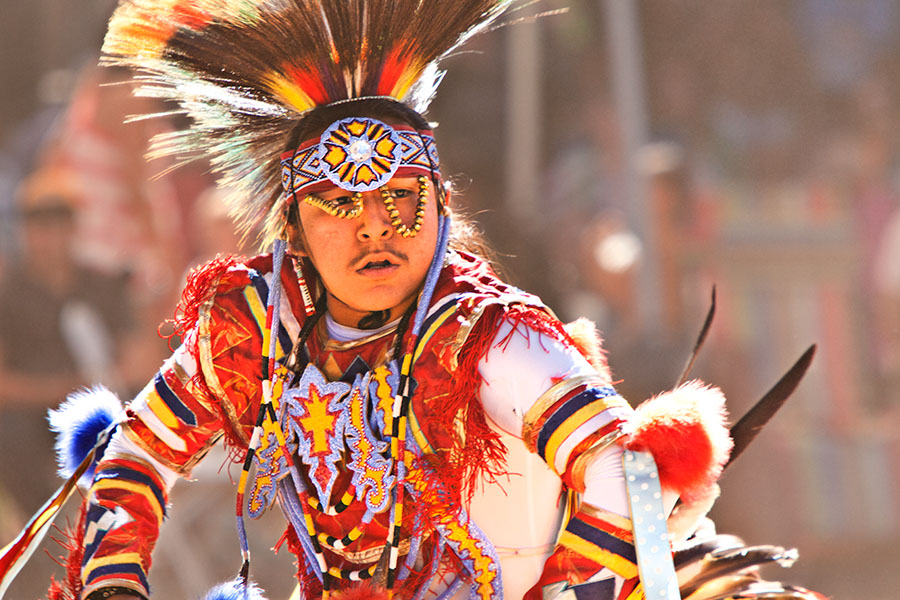
On October 6, 2013, the Chumash First Nation people held their 18th Annual Inter-Tribal Pow Wow at Lake Cachuma in Santa Ynez, CA. These annual Pow Wows are held as a celebration to honor Native American and First Nation people’s heritage and traditions that share “the beauty of Native American song, dance and prayer alongside old friends, new friends and family…The Inter-Tribal Pow Wow includes more than 300 Native American dancers and singers representing tribes from Canada and the United States.”
I was drawn to the event first and foremost by my love of visual storytelling and my desire to photograph the stunning visual smorgasbord that these events are known to bring. The dancers wear bright colors and are adorned with feathers, deerskin and an array of beautiful ornaments that speak to my camera and make me want to take a photo. Yet if I go beyond the visual, beyond the image on the picture, I can honestly say that my deepest commitment and desire is to document and preserve indigenous cultures themselves.
I’m not quite sure what has bred this innermost passion within me. For one, it’s not an easy task as an outsider working with First Nation people. Learning the culture, working with dignity and respect and understanding what you can and can’t do is critical and sometimes hard. In most cases you have to ask permission to take a photo, in others you don’t and I learned at the Pow Wow that even when asking to take a photo, sometimes the subject is granting permission for just a single photo at a time. I try hard to work within the bounds of journalistic integrity in presenting and honoring what I see through my documentary photography, while at the same time not offending others. Yet I still make mistakes: for example, I asked to take a photo of a beautiful young girl and her pet duck on a leash. Her “grandfather” said, yes, go ahead and take the photo. Her mom then came running up to me and said “Why did you take a photo of my daughter without asking permission?” I was stunned…and I said, “Well I did ask permission and her grandfather gave it to me.” And she said, “I don’t know that man!” Wow. And he had told me he was the girl’s grandfather! So you see, integrity and care are critical when working with other cultures. My goal is to document, preserve and honor, not to exploit.
The only thing I can really imagine is that my passion is possibly triggered in some way by a search for my own cultural roots, meaning in my own life and finding a way of connecting with the people and the land. My roots are Dutch, a few generations removed and of course American. And while I have been to Holland, I’ve never really learned what it means to be Dutch (possibly a future photographic journey and essay for me.) However, my desire to work with indigenous peoples goes back way farther than my Dutch roots. It is something within me that is more primitive, more tribal. It seems to me that the ancient practices of First Nation people that have been preserved for centuries give us a glimpse into what it really means to be human. Through the sharing of ceremony, ritual, song, dance and prayer, we learn how to connect with what is most meaningful in our lives – community, humanity, health, healing, maturing and spirituality. Many people think that meaning comes from their work and in some cases it does. My good friend, Hawaiian Kahuna Haleaka Iolani Pule (Aunty Aka) summed it up best. She said to me once “we are not meant to work all day and all night, just to pay a mortgage. I’m sorry, but we’re not.” So I changed my “work” to document the meaningful.
I hope when you look at these pictures, they invoke the tribal in you and spark your desire to find the meaning in your own life. Blessings. Victoria
